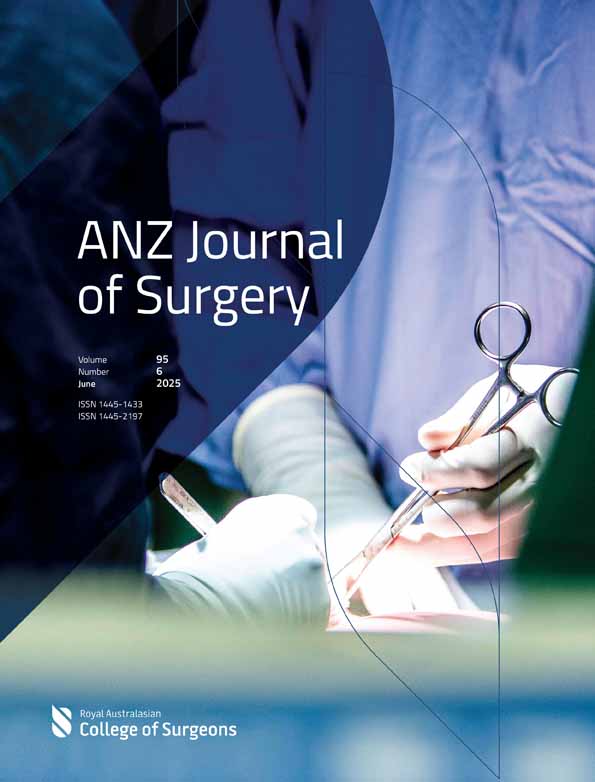THE RELATIONSHIP OF CERVICAL LYMPH NODE METASTASES TO PRIMARY SITES OF CARCINOMA OF THE UPPER AERODIGESTIVE TRACT: A PATHOLOGICAL STUDY
Abstract
Background:Therapeutic and elective dissection of the neck is accepted management in the treatment of squamous cell carcinoma (SCC) of the upper aerodigestive tract (UADT). Accurate histological assessment of the levels of involvement of cervical metastatic spread from different sites within the UADT has allowed the increasing use of less than radical procedures, with associated reduced morbidity.
Methods: A total of 168 necks in 126 patients were examined pathologically. All levels were identified at surgery, marked and orientated by pinning the specimen to a cork board, and examined histologically. A total of 114 necks had a comprehensive neck dissection (CND) in which all levels were dissected. The number and level of involvement and the occult rate (114 necks) for each primary site was assessed. Of the total of 168 necks, 80 had pathologically involved nodes, and the number with greater than one node involved (N2b)was compared for each primary site. The number with extracapsular spread for each nodal staging was also examined.
Results:The sites of primary SCC were the oral cavity, oropharynx, hypopharynx, supraglottic and glottic larynx. In those patients with a primary in the oral cavity, no patient had level 5 involvement, but in two patients (7%) level 4 was involved. In the oropharynx, level 1 and 5 were involved in two patients (11%) each. In the hypopharynx, level 1 was not involved in any patient, however, level 5 contained metastasis in 7 (23%). In the supraglottic larynx, level 1 was involved in one (4%) patient and level 5 was involved in three (11%). In the glottis only one patient had bilateral multiple nodes which included level 5. In no case was level 5 involved without positive nodes in other levels. The occult rate for each primary site was 45%, 22%, 77%, 54% and 29%, respectively. The multiple node rate in the 80 necks with positive nodes was, respectively, 31%, 54%, 66%, 45% and 40%. All patients with a node larger than 3 cm had extracapsular spread of tumour. Conclusions: The level of nodal involvement and therefore the type of neck dissection should be determined by the site of the primary within the UADT and the presence or absence of nodes at surgery. There is a high number (39–66%) of pathologically involved necks which have multiple nodes and also nodes with extracapsular spread of tumour, which may influence the decision for postoperative radiotherapy.




